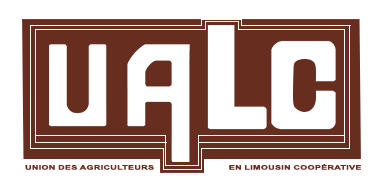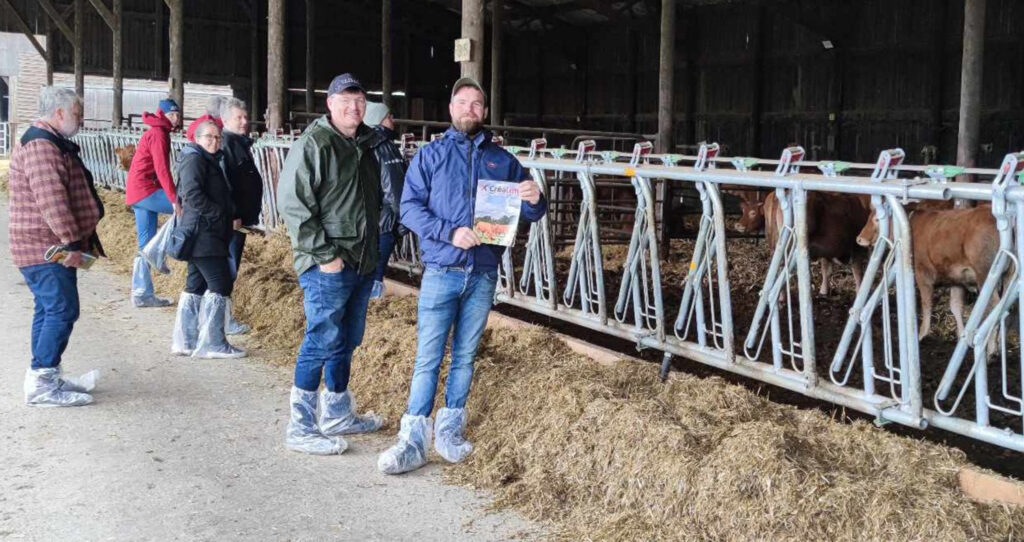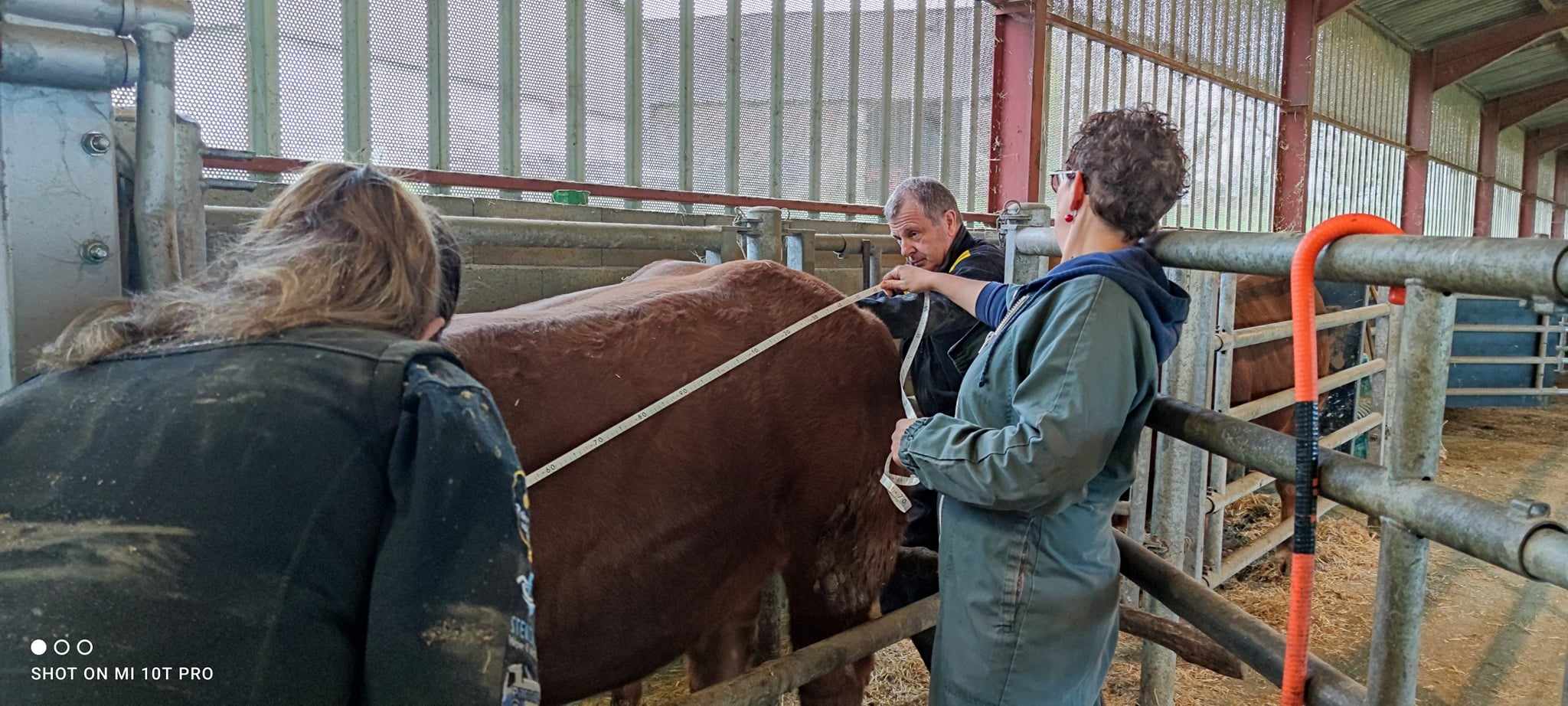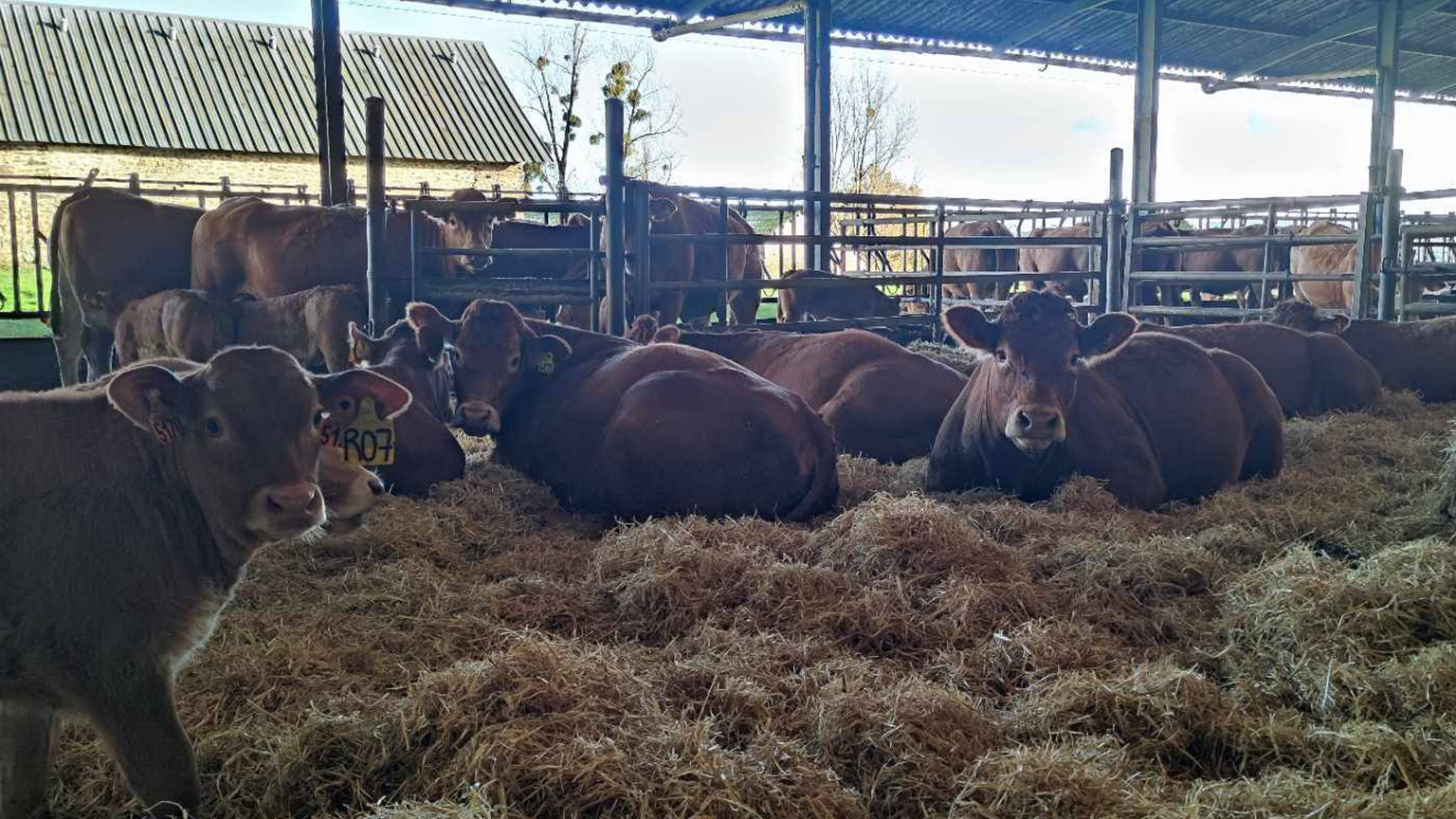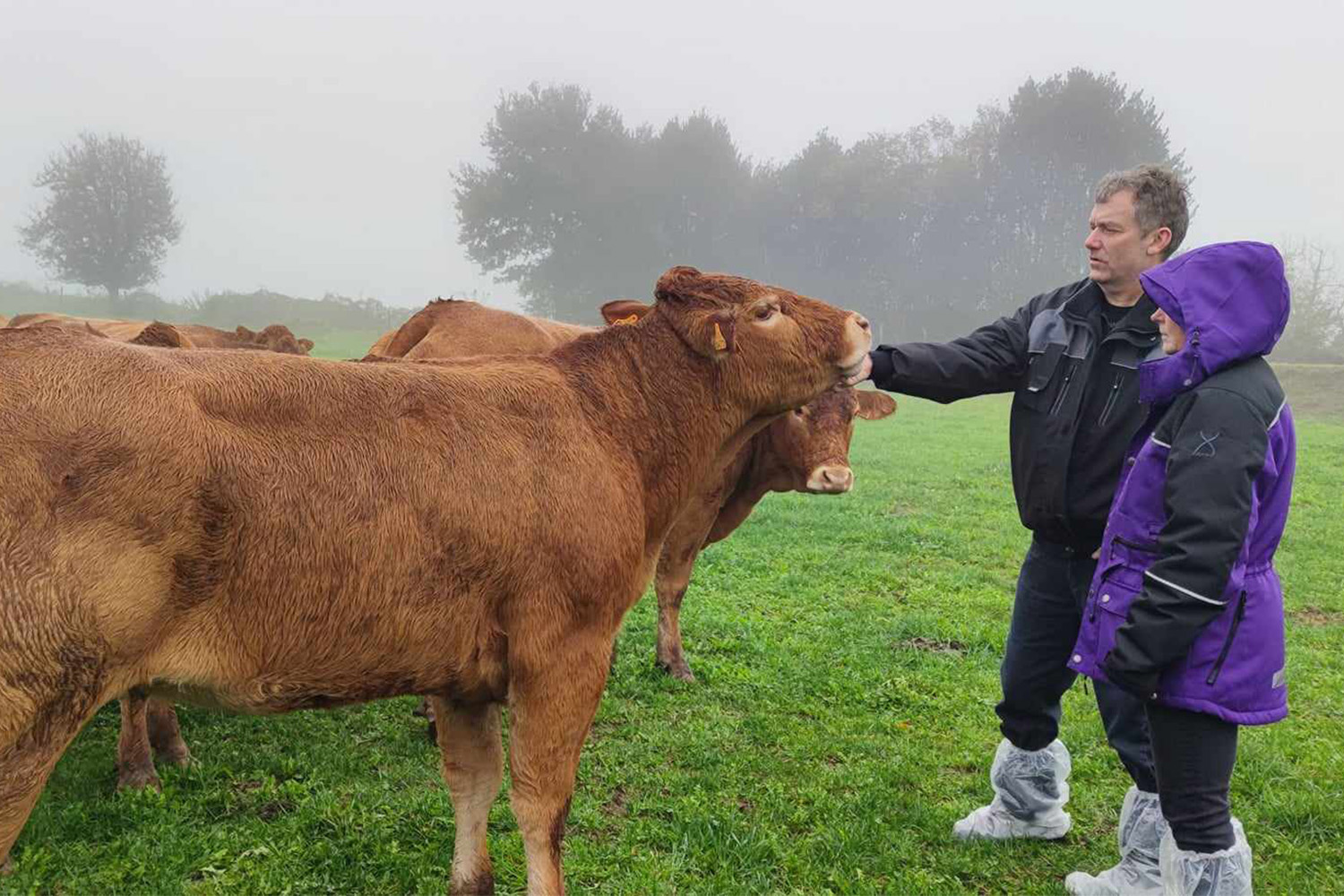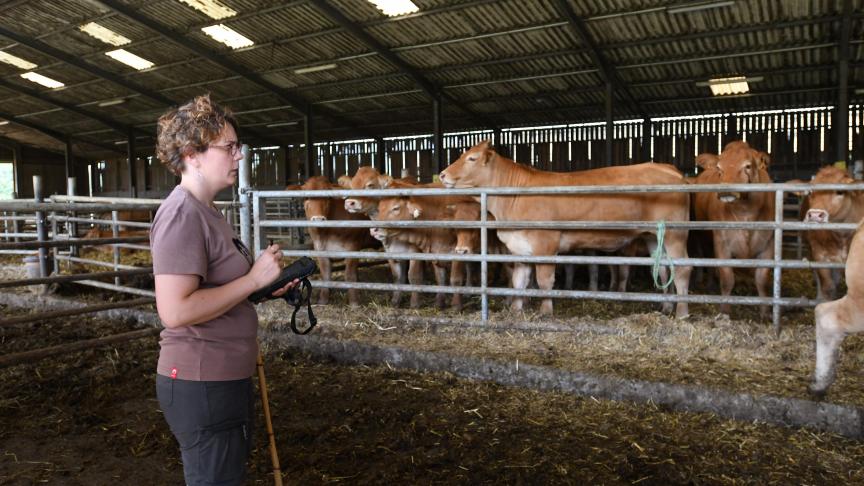
After visiting the Pôle de Lanaud and various breeders, the “Limousin Belges” visited the Moussours station in Corrèze. It is used to evaluate the maternal qualities of heifers from test inseminations and daughters of Limousin bulls pre-selected by Créalim for wide distribution by AI. Back to the selection diagram.
Arriving in Uzerche, the breeders were able to see for themselves the work involved in selecting bulls for artificial insemination, whether in France or elsewhere. The presentation also aimed to help them make the link with the Crealim catalog and explain the specific features of the bulls offered in doses.
A selection scheme based on that of the Lanaud cluster
The average herd size is 650 animals. Depending on new batches, the herd fluctuates between 550 and 900 animals. At the end of July, the resort was home to no fewer than 880 animals. The farm has 210 ha and is self-sufficient in forage. It has 35-40 ha of corn silage, and around 50 ha of grass silage. Rotational grazing is also practised. In terms of purchases, almost 850 t of straw and concentrates are required. They don’t have any cereal crops… yet. The selection scheme is based on recruitment from the Lanaud station. Of the station’s 4 annual entries (see our September 1st issue), Moussours selects its animals from the first three, those from the 4th being born too late to enter the station’s process. A dozen animals per series are selected on the basis of their on-farm performance, morphology, mix of different lines and genomic results. 36 bulls are tested on the station.
Determining indexes
After three weeks at Lanaud, the animals arrive at the individual control station, where they are fed a dry diet consisting of concentrates distributed at the DAC and unlimited straw. Their adaptation period lasts 5 weeks. This will be followed by three months of checks, with final weighing, scoring… to obtain their indexes. Food efficiency is also calculated for each individual.
Assessing progeny
Once indexed, breeding stock is recruited from all three series to evaluate their progeny. Homozygous “hornless” add to this group. Nine bulls plus a control are tested per series. The rest of the herd is made up solely of females, daughters of bulls currently being evaluated. For the past three years, in addition to weighing, we’ve been calculating measurements, chest depth, pelvic opening… At the end of their journey, we index them. Fifteen of them (10+5) are chosen because their ability to produce seed is still unknown. In recent years, a drop in seed quality has been observed. As the fat cover on the pond is linked to fertility, measures are being taken in this direction. For testing, of the 15 males, only the first 10 to have enough doses for ventilation by September are taken on. It’s a race for quantity of quality seed!
Test artificial inseminations (AI) must be carried out between November 15th and March 15th. Note that homozygous “hornless” individuals who perform well at the individual control station are distributed directly. Horned sires that have been delayed in seed production, but are still deemed to be of interest, are rapidly released as genomic sires. From mid-November to mid-March, on-farm AI begins with the 10 test bulls. Participating breeders (between 450 and 550, all types of breeding combined – it’s the father effect that counts!) sign a contract for the purchase of the AI product at weaning by the station. Between 120 and 130 AIs must be performed per bull; they are evenly distributed over the territory. The products of these AIs will then return to Uzerche in July. Fertility, sexual precocity, morphology, growth, calving and suckling aptitudes will be calculated to produce an index. Heifers will be grouped in stalls of 16, according to age and weight category. The aim is for them to have a GQM of 800g, to reach 450kg liveweight at 15 months to be inseminated. Their weight after calving at 2 years: 600 kg. They can take up to three AIs to become full. Their progeny will then be further evaluated. At the end of the six-year process, of the 36 bulls selected, only three or four will be included in the new Crealim catalog, to be distributed as widely as possible.
